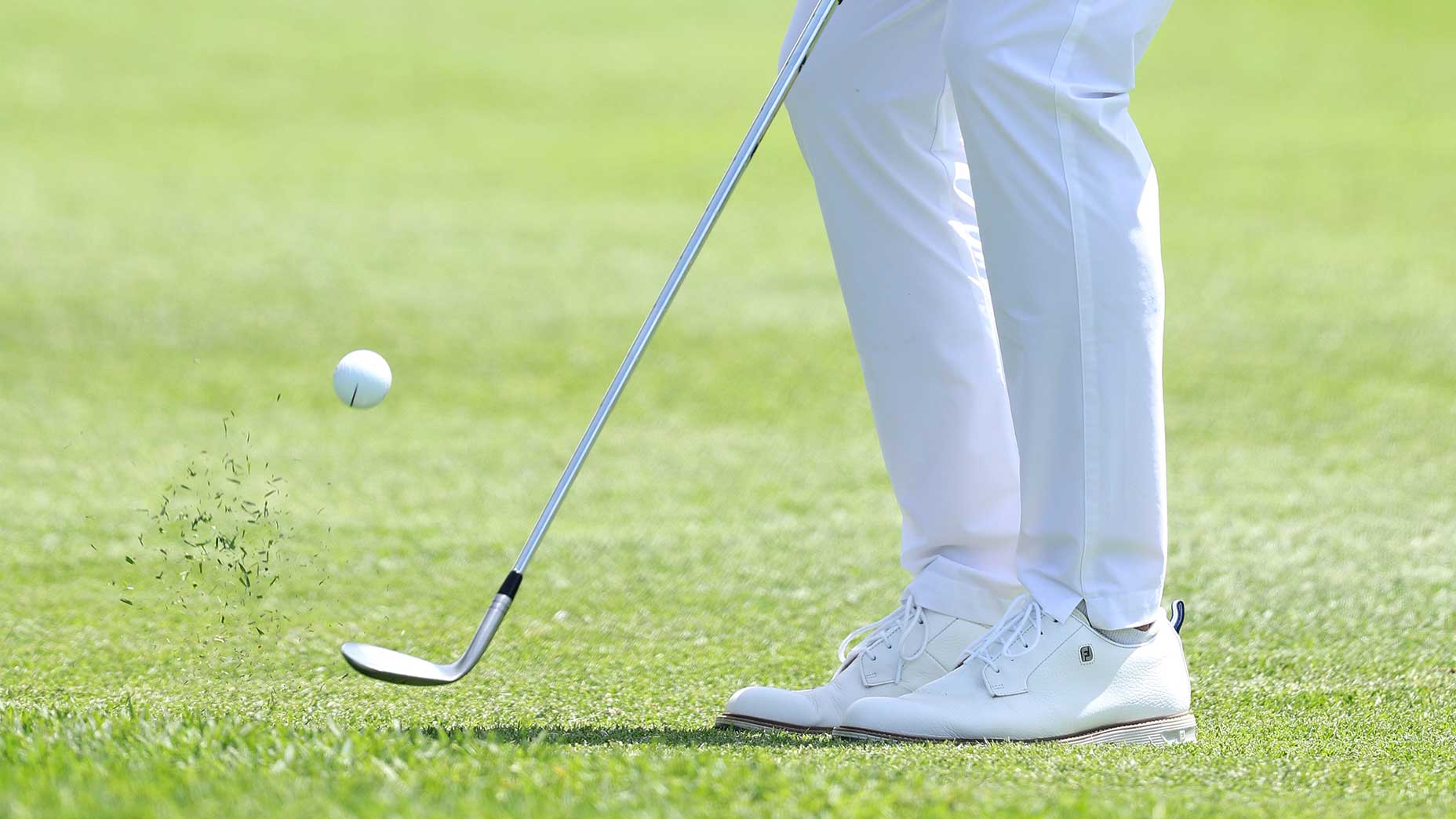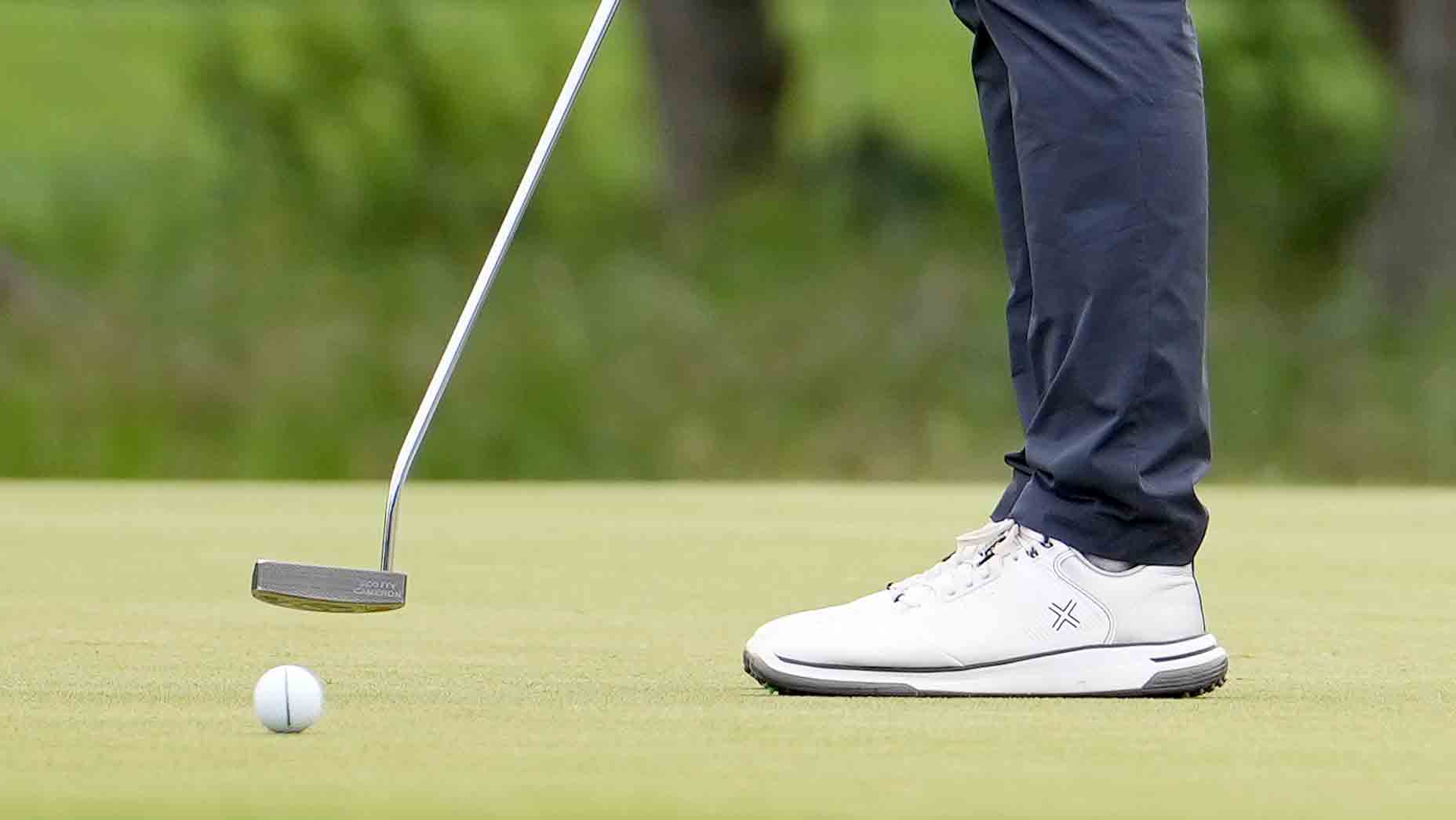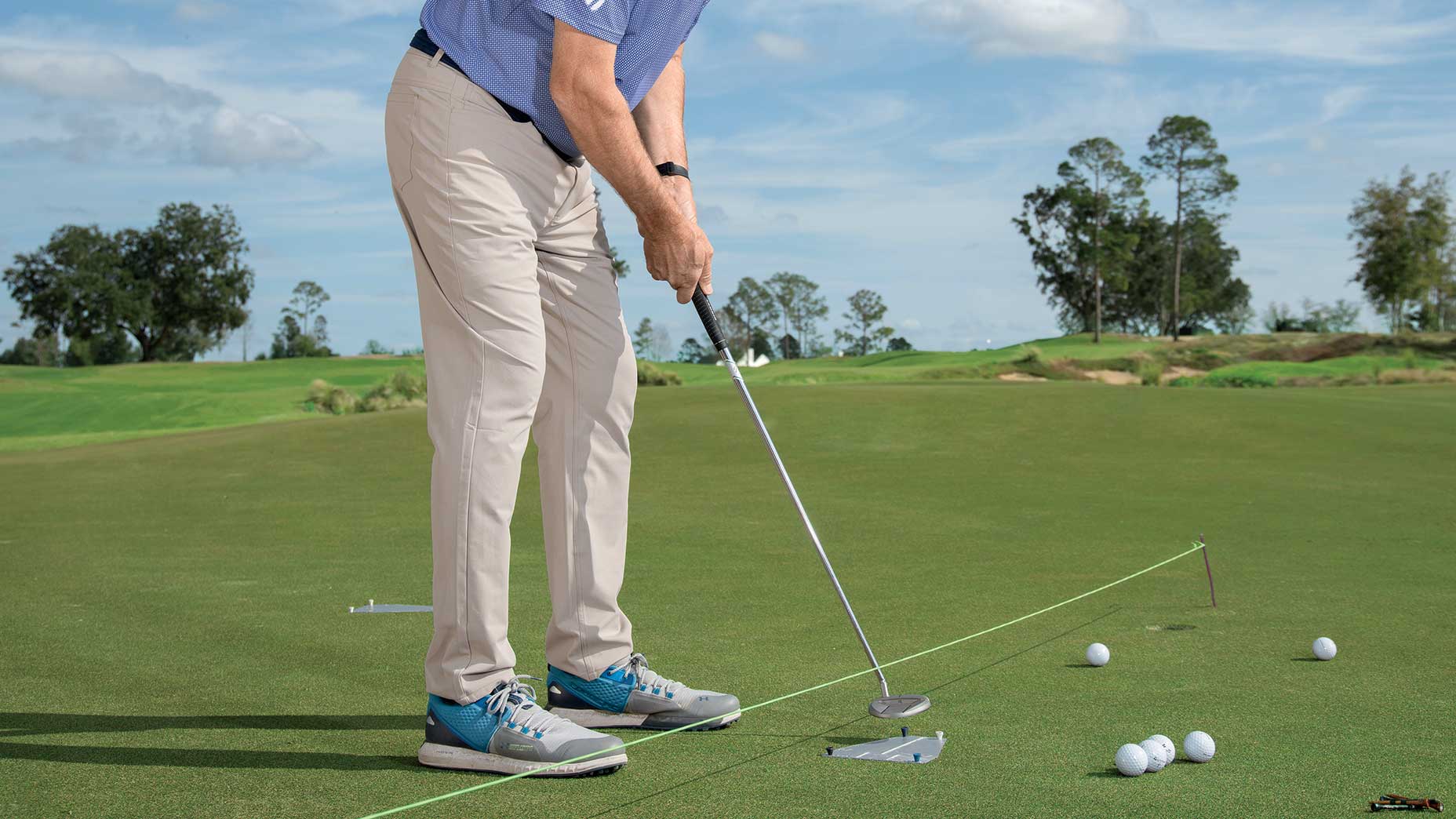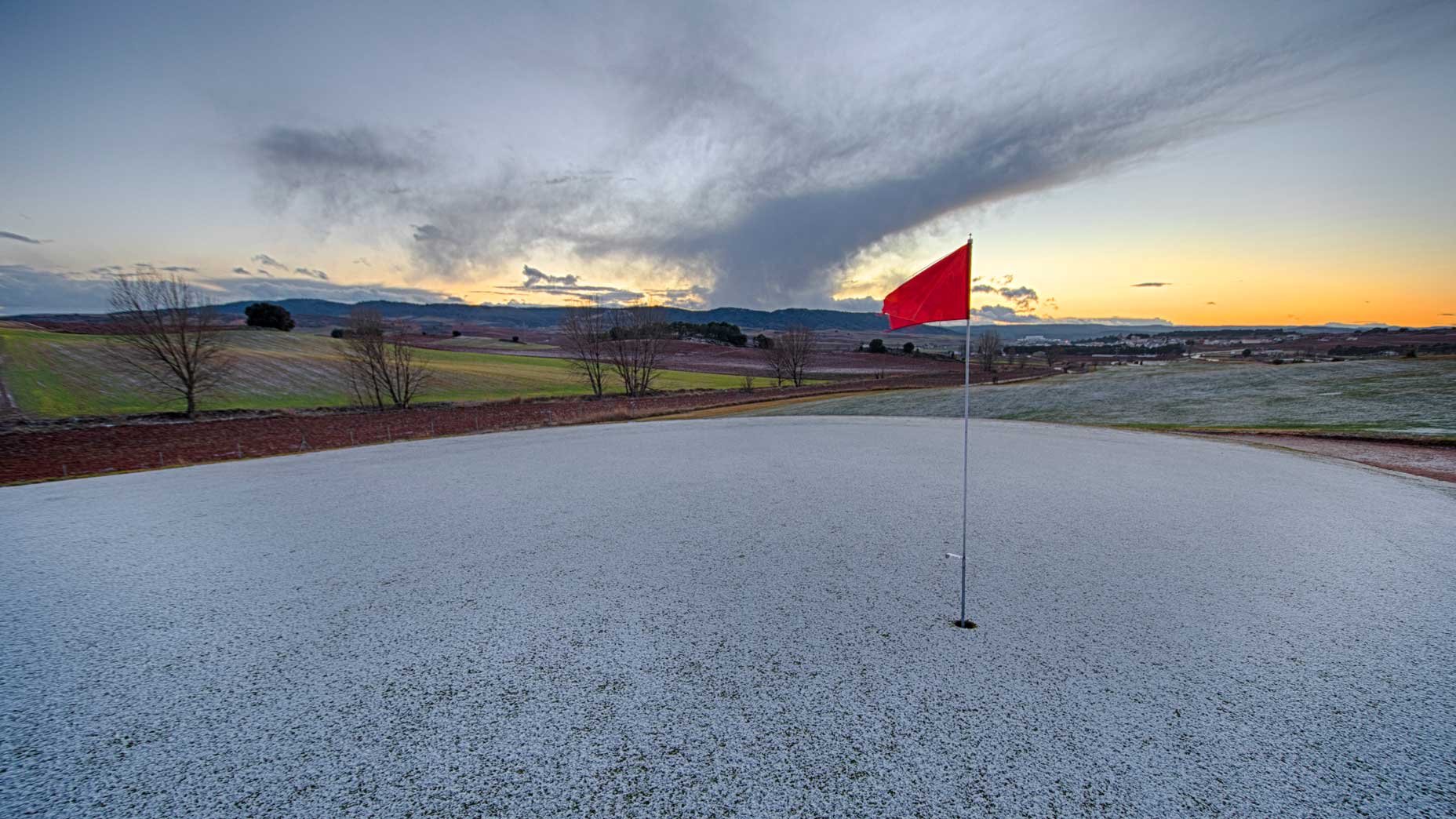Nothing can boost your confidence like knocking in a testy 4- or 5-footer. But missing too many of those putts can crush your spirits, sending your psyche into a tailspin.
Those putts — outside the gimme range, but not necessarily easy to make — are crucial to your scorecard, and your success from that range might be what separates a great round from an average one (or an average one from a bad one).
For example, the best players in the world are roughly 8 of 10 from 5 feet. The PGA Tour average this season is 82% (with Denny McCarthy leading at 92%). Even the lowest-ranked player who qualifies for this stat category, Kevin Streelman, has made 63% of his putts from 5 feet. And if a two-time Tour winner is 6 of 10 from that range, can recreational players actually expect to make more than half themselves?
Good news — we’re here to help.
Shawn Callahan is a GOLF Top 100 Teacher who works out of Monroe Golf Club (Pittsford, N.Y.) and Abacoa Golf Club (Jupiter, Fla.). Last year at GOLF’s Top 100 Teacher Summit he offered up his go-to drill to drain more short putts. Here’s how it works.
Callahan takes a 4-foot T-Square and places it on the putting green with the long end pointed toward the cup for what would be a straight and/or slightly uphill putt. He then traces around the ruler part to create a runaway to the hole.
He adds four tees on the outside of the traced line: two to create a gate where you place your ball, and two others to form a gate about a foot in front of your putting line. Then it’s simply just rolling putts. (Check out the video below to watch one of Callahan’s students practice the drill.)
“It’s designed to get the face square and get the ball on line, and that’s it,” Callahan says. “Getting the face square, getting the ball on line, honestly as long as you just work on short putts, you don’t really have to work on long putts because your feel dissipates after a couple hours or a day anyway. If you putt well from 20 feet in, the long putts are a lot easier.”
Callahan says an ideal ball position is different for everyone, but once you find that and get comfortable, this drill should dial-in your stroke.
“The putter comes down and up on a pendulum, and it also comes around your body,” he says. “So you want to find the top of that arc and the bottom of that pendulum.”
Need help unriddling the greens at your home course? Pick up a custom Green Book from Golf Logix.











